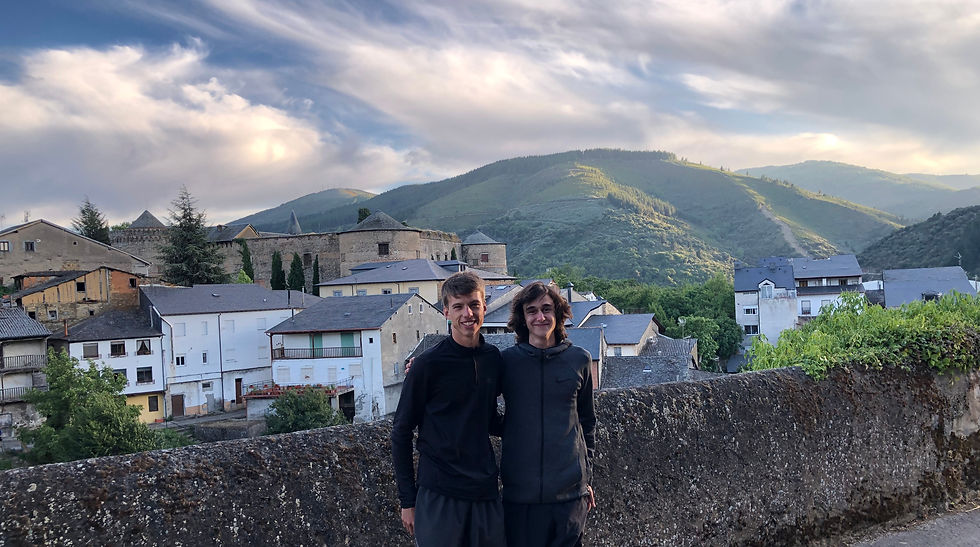Tips for a Cost-Effective Pilgrimage
- John Klein
- Mar 11
- 2 min read

Walking the Camino de Santiago is a once-in-a-lifetime journey—but like any travel experience, it requires some thoughtful financial planning. Whether you're walking for spiritual growth, adventure, or personal reflection, understanding how to budget for the Camino will help you enjoy the experience without financial stress.
Camino Budget Basics: Know Your Daily Spending Limit
The first step in budgeting for the Camino de Santiago is to determine a daily spending amount that feels comfortable for you. While daily expenses can vary widely depending on your preferences, most pilgrims spend between €30 and €60 per day.
Your daily budget should cover the three core expenses:
Lodging
Meals
Miscellaneous costs (snacks, laundry, souvenirs, etc.)
Pilgrims seeking a more comfortable experience with private lodging and frequent restaurant meals should expect to be on the higher end of that range—or even above it.
Key Factors That Affect Your Camino Budget
There’s no one-size-fits-all answer to how much the Camino will cost. Here are a few key variables that will influence your total expenses:
Gear Needs
If you're starting from scratch, buying hiking boots, a backpack, trekking poles, and other essentials can add up. A fully-equipped pilgrim can expect to spend $300–$800 USD on quality gear. Investing in good gear is worth it, especially when comfort and support are critical on the trail.
Type of Accommodation
Lodging can range from budget albergues (pilgrim hostels) at €8–€15 per night to private rooms and hotels that range from €30–€100 per night. Your choice between shared dorms and private accommodations will significantly affect your budget.
Food Preferences
Many pilgrims enjoy the simplicity and affordability of the "Menu del Peregrino", a three-course pilgrim menu available in many towns for around €10–€15. But dining at cafés and higher-end restaurants will naturally increase your daily costs. Self-catering or grabbing groceries is another budget-friendly option.
Budgeting Tips from the Trail
After spending several summers on the Camino, here are a few personal tips I recommend for staying on budget:
Set a daily limit and track your spending to avoid surprises.
Stay flexible. Mix budget albergues with the occasional private room for comfort.
Bring a reusable water bottle to save on daily water purchases.
Use a lightweight laundry setup so you don’t rely on paid services daily.
Limit souvenirs—photos and memories are the best keepsakes!
Camino: A Different Kind of Vacation
Unlike traditional vacations, the Camino isn’t about luxury or indulgence—it’s about the journey, the people you meet, and the reflections you carry home. Budget-friendly options exist everywhere on the Camino, and it’s entirely possible to complete the journey affordably without sacrificing the essence of the experience.
Planning ahead, being realistic about your needs, and staying flexible are key. The Camino de Santiago isn’t just a destination—it’s a journey, and part of that journey is learning how to live simply and intentionally along the way.




Comments